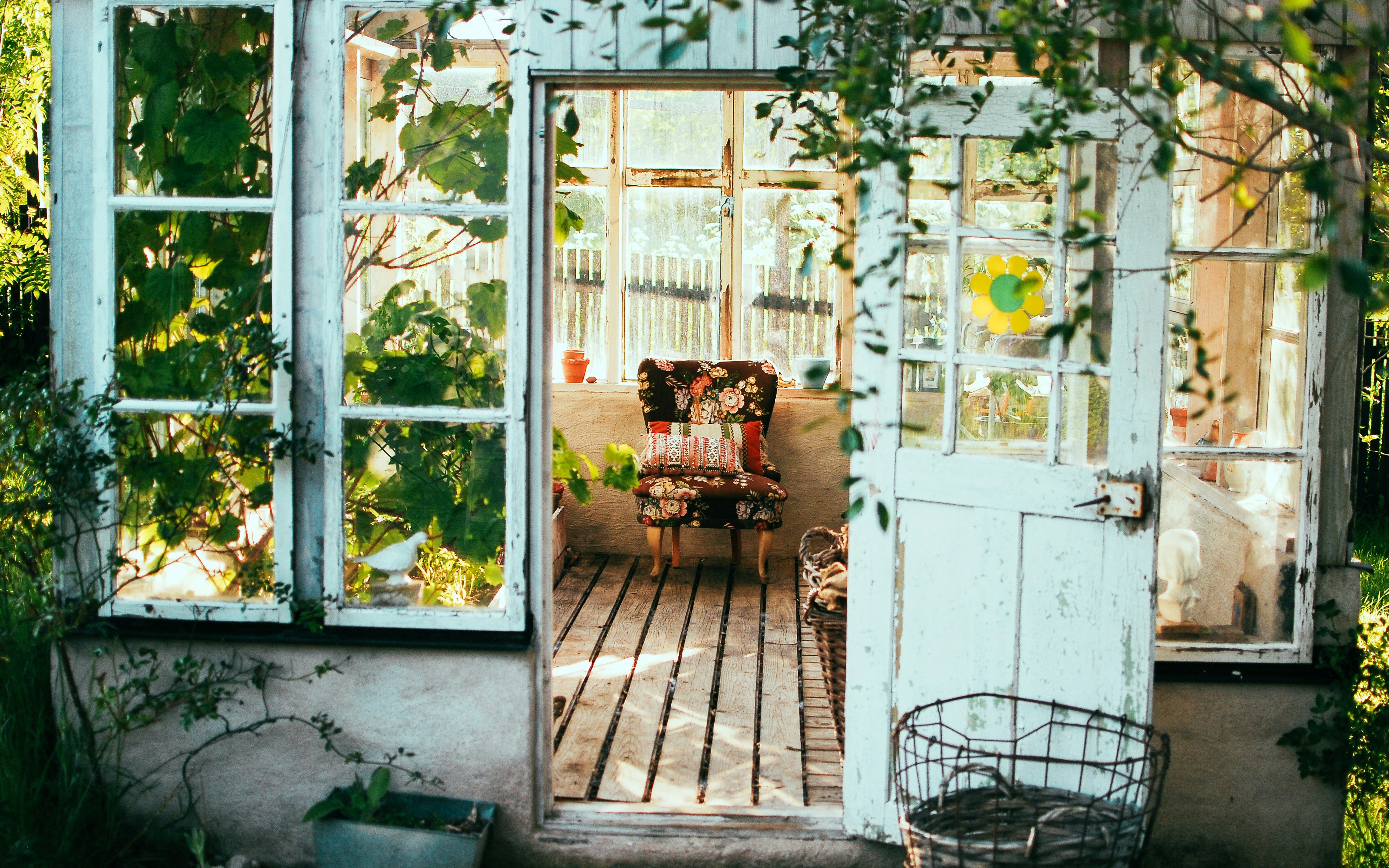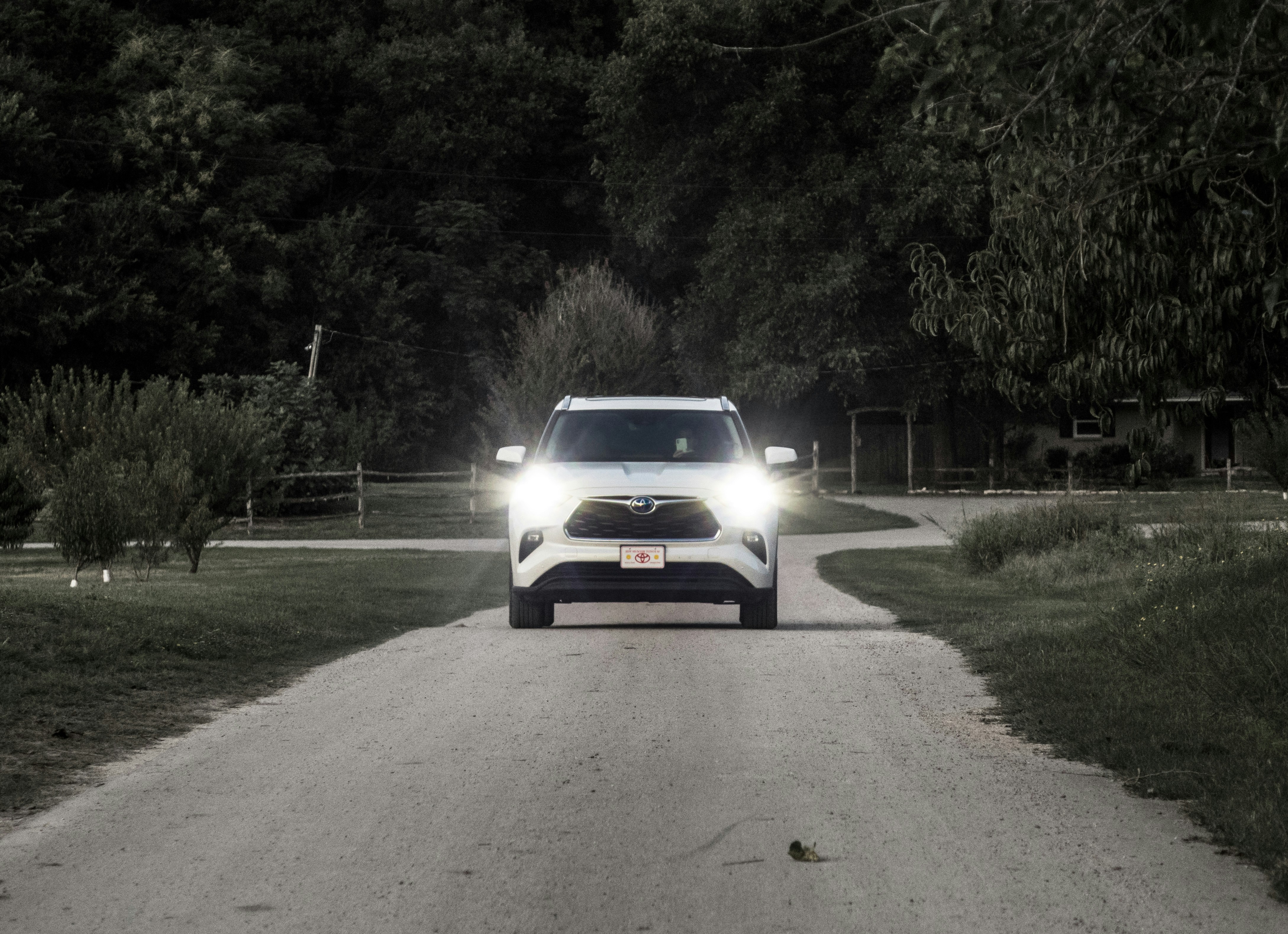Elevating Your Space with the Fusion of Classic and Modern Styles: A Journey Into Transitional Design
From the ornate designs of the Baroque period to the simplistic elegance of modern minimalism, interior design has journeyed through a myriad of styles and trends. However, in recent years, a new approach has surfaced—Transitional Design. This approach masterfully marries the classic charm of traditional design with the sleek sophistication of contemporary aesthetics, offering a unique way to elevate residential spaces.

A Brief History of Transitional Design
Transitional Design is a relatively new concept in the world of interior design. It emerged in the late 20th century, a time when homeowners began seeking a middle ground between the ornate traditional styles and the stark modern ones. The result was a harmonious blend of the two, marrying the comfort and warmth of traditional design with the clean, simple lines of contemporary design.
Decoding Current Trends in Transitional Design
In the current design landscape, Transitional Design is being hailed as the perfect balance of old and new. It is identified by its neutral color palettes, minimalist ornamentation, and a blend of antique and contemporary furniture. Moreover, it embraces the use of textural elements to add depth and interest to spaces without relying on excessive color or pattern.
The Practicality of Transitional Design
Transitional design offers an inherent practicality, given its ability to blend various styles within a unified aesthetic. It allows homeowners to incorporate pieces they love from different periods without their space feeling disjointed. Moreover, it lends itself well to gradual room updates, as pieces can be added or changed over time without disrupting the overall design.
The Market Trend of Transitional Design
The market trends for Transitional Design have seen a surge in recent years. Its popularity lies in its flexibility—it meets the needs of those who appreciate the craftsmanship of traditional styles but crave the simplicity and functionality of modern design. Moreover, its emphasis on neutral colors and natural materials appeals to those seeking a calm, serene living environment.
How Transitional Design Enhances Daily Living
Transitional Design enhances daily living by creating a space that feels both elegant and welcoming. Its emphasis on comfort, combined with a visually pleasing aesthetic, creates an environment that encourages relaxation and well-being. By blending the best of both traditional and contemporary styles, Transitional Design offers a timeless appeal that ensures the home remains stylish and relevant.
In conclusion, Transitional Design represents the perfect blend of past and present, providing a unique solution for those who appreciate both the charm of traditional styles and the clean lines of modern design. With its growing popularity, it’s clear that this design trend is more than a passing phase—it’s a testament to the beauty of balance, offering a unique way to elevate our living spaces.





